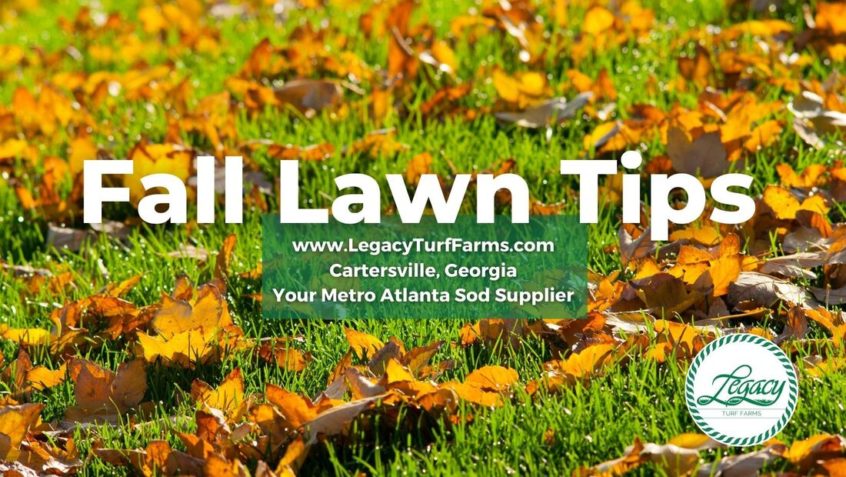Ah, fall. The start of school, football, and… shorter hours of sunlight.
It’s always tough for us to adjust to those limited hours of sunlight as we come home from work and make dinner. But, the limited hours of sunlight affect our grass just as much — if not more so!
Once we reach the point of less than 12 hours of sun in a day, this sends a signal to your warm-season sodded lawn to slow down its growth.
With this transition of less sunlight comes lowered air and soil temperatures. All of that primes the environment for winter weeds. Now is the time when we can successfully “play defense” against these winter weeds. Use a Pre-Emergent to stop weeds BEFORE they germinate (grassy cool season weeds usually germinate in January – February, if left untreated).
Now, early October to mid October, is the time for Pre-Emergent herbicide and weed treatment; the perfect time is as SOIL temperatures approach 70 degrees Fahrenheit. October 15 is historically the start of that window. For real time soil temperature updates, you can check in with your local UGA Cooperative Extension office, or www.georgiaweather.net.
Today in Dunwoody, GA, 2 inch soil temperatures are measuring at 73.7 degrees F. 8 inch soil temperatures are reported at 72 F. We are definitely approaching the 70 degree mark!
When you have a Bermuda, TifTuf, 419, or Zoysia lawn (including Emerald, Meyer, Geo, Empire, Zeon, or even El Toro or Zenith), you have what is called a warm-season turfgrass. As temperatures lower and moisture is common with rainstorms, there is possibility for disease to develop on your lawn. This could include many diseases, ranging from a few extra mushrooms (a sign of too much moisture!) to actual large patch or zoysia patch.
So, with the combination of 1. Less Sun 2. Cooler Temps and 3. Possibility for Disease, things are slowing down in terms of overall lawn growth! This is NOT the time to “push” your lawn with a hit of nitrogen. Yes, nitrogen can feed the lawn — but it can also feed the fungus.
Well, if we’re avoiding Nitrogen, what should we apply instead? It is still a good idea to feed your lawn a nice balanced diet of nutrients to carry it through a long fall season. For warm season turfgrass and sod, we recommend a fertilizer that has:
- +Higher Potassium (potash)
- – Lower Nitrogen
- +More Micronutrients
One fantastic product on the market is called Stress Blend. It is a 7-0-20 blend that includes 3% Iron. That third number is crucial; as the highest, it provides the most potassium (K) in relation to N-P-K — which promotes increased root growth and thicker cell walls. Can’t find “Stress Blend?” You can also feed your lawn micronutrients with a product called Ironite. With any granular product, make sure you follow the application instructions on the bag.
